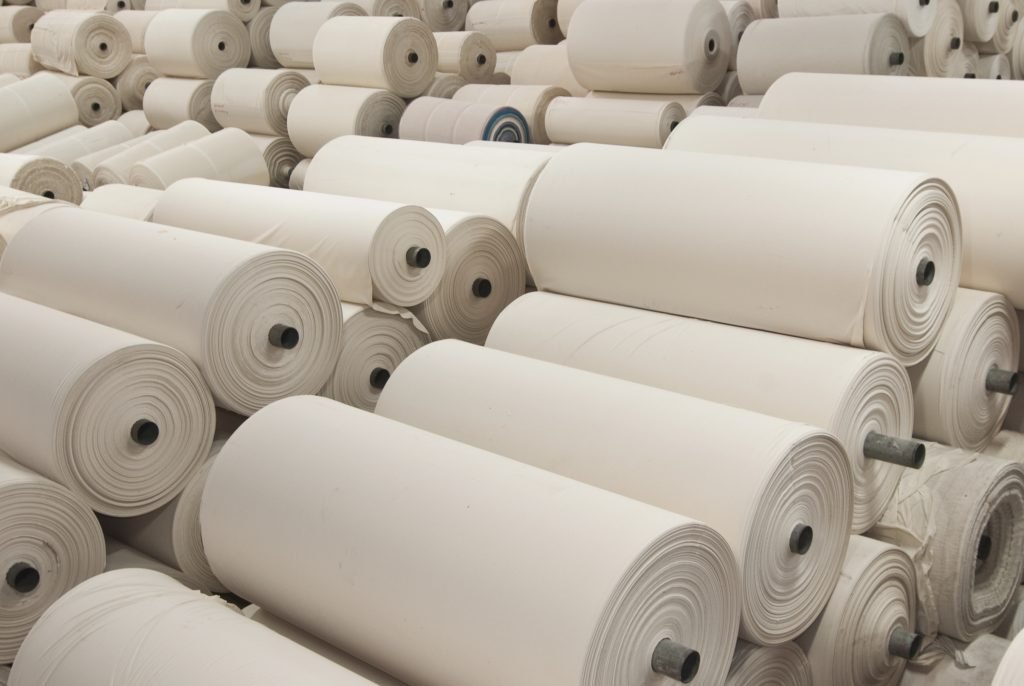What is Scouring?
Scouring is a fundamental textile pretreatment process that involves the thorough cleaning of raw textile materials—especially cotton and other natural fibers—to remove impurities such as waxes, oils, pectins, and dirt. This ensures that the fabric is hydrophilic and ready for subsequent processes like bleaching and dyeing. Without proper scouring, fabrics may suffer from uneven dye uptake and poor finishing quality.
Objectives and Purpose of Scouring
The primary objective of scouring is to eliminate natural and added impurities from the fiber to enhance absorbency and improve further processing efficiency. Here are the key purposes:
Remove natural fats, waxes, and proteins.
Eliminate dirt, dust, and other insoluble impurities.
Make the fabric more hydrophilic for effective dyeing.
Enhance the uniformity of the fabric surface.
Improve the quality of the final textile product.
The Scouring Procedure Depends On:
The scouring process varies depending on several factors:
Type of fiber: Natural fibers like cotton need alkaline scouring, while synthetic fibers may require different approaches.
Fabric form: Woven, knitted, or non-woven fabric types may require tailored procedures.
Equipment availability: Machines like J-box, kier boiler, or continuous scouring systems affect process flow.
End use: Scouring parameters are set based on the required fabric quality for downstream processes.
Chemicals and Their Purposes in Scouring
The choice of chemicals is vital in ensuring effective fabric cleaning. Commonly used scouring agents include:
1. Caustic Soda (NaOH):
Breaks down fats, waxes, and oils into soluble soaps.
2. Wetting Agents:
Help in reducing the surface tension, ensuring better penetration of chemicals into the fabric.
3. Sequestering Agents:
Prevent the deposition of metal ions which may interfere with dyeing or bleaching.
4. Detergents:
Assist in emulsifying and dispersing removed impurities.
Steps in the Scouring Process
1. Preparation:
Fabric is loaded into the machine and wetted with water.
2. Chemical Dosing:
Appropriate amounts of caustic soda, wetting agents, and detergents are added.
3. Heating and Soaking:
The fabric is boiled (usually at 100–130°C) for 1–3 hours depending on the method.
4. Washing:
Thorough washing with hot and cold water removes dissolved impurities and residual chemicals.
5. Drying:
Fabric is dried using rollers or a drying chamber.
Types of Scouring
1. Batch Scouring:
Uses a kier boiler; ideal for small to medium quantities of fabric.
2. Continuous Scouring:
Utilizes a series of rollers and chambers; suitable for large-scale production.
3. Enzymatic Scouring:
Eco-friendly method using bioscouring enzymes to reduce chemical usage and energy consumption.
Applications of Scouring in Textile Processing
Benefits of Scouring
Enhances fabric absorbency.
Improves appearance and feel.
Reduces dye and chemical wastage.
Minimizes processing defects like patchy dyeing or uneven printing.
Challenges in Scouring
Despite its advantages, scouring faces several challenges:
Environmental impact from effluent discharge.
High water and energy consumption.
Potential fabric damage from harsh chemicals.
Need for precise chemical dosing and temperature control.
Scouring is a critical stage in textile manufacturing that significantly influences the quality and durability of the finished fabric. By understanding its objectives, procedures, and types, manufacturers can achieve cleaner, more efficient, and sustainable production lines.
Frequently Asked Questions (FAQ)
1. What chemicals are used in scouring?
Scouring commonly uses alkali chemicals like sodium hydroxide, sodium carbonate, wetting agents, and detergents. These help remove natural waxes, oils, and impurities from fibers, making them hydrophilic and ready for further processing like bleaching or dyeing.
2. What is the process of scouring emulsion?
Scouring emulsion involves dispersing surfactants, emulsifiers, and alkaline agents in water to form a stable solution. This emulsion penetrates textile fibers, emulsifying oils and impurities. It’s particularly useful in continuous or batch processes to ensure even scouring of synthetic and blended fabrics.
3. What is the J box scouring process?
The J-box scouring process is a continuous method where fabric is passed through hot scouring liquor and stored temporarily in a J-shaped vessel to allow adequate dwell time. This ensures uniform chemical penetration and effective removal of impurities under controlled temperature and pressure conditions.
4. What is the difference between scouring and souring?
Scouring removes impurities like oils and waxes using alkaline solutions, preparing fabric for further treatments. Souring, on the other hand, neutralizes residual alkali using mild acids (like acetic acid) after scouring or bleaching. Both are essential but serve different purposes in textile pretreatment.

